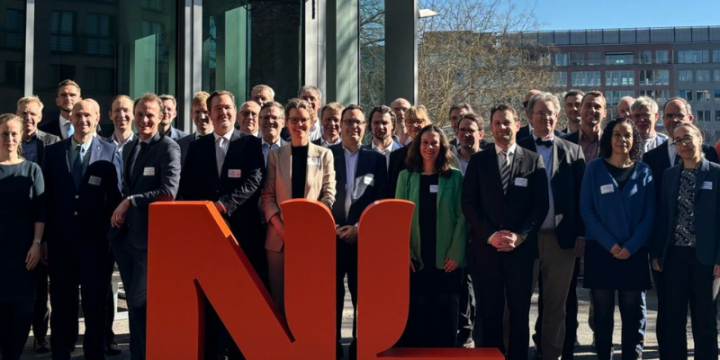
21 maart 2025
Duits-Nederlandse samenwerking op het gebied van duurzame luchtvaarttechnologie

11 maart 2025
KIEM HighTech 2025 is NU geopend!
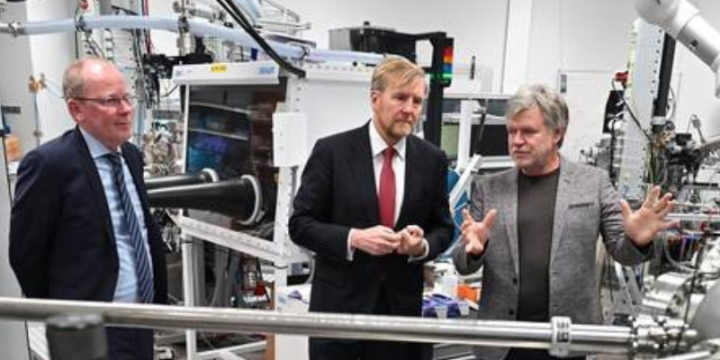
27 december 2024
Werkbezoek Koning aan MESA+ Nanolab Universiteit Twente

24 december 2024
Kabinet breidt bescherming kennisintensief bedrijfsleven uit

23 december 2024
Openingstijden kantoor tijdens feestdagen
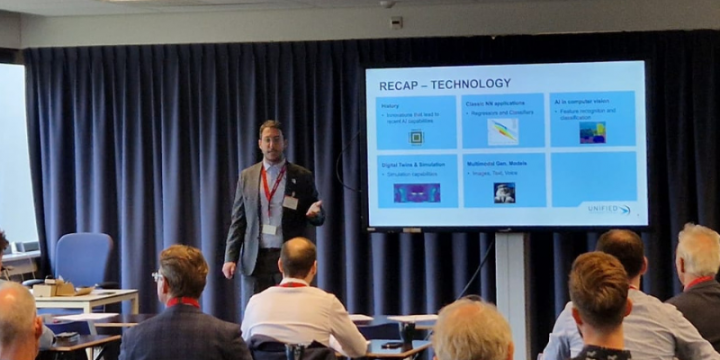
19 december 2024
Recap netwerkactiviteit: Unlocking AI’s Potential in Aviation
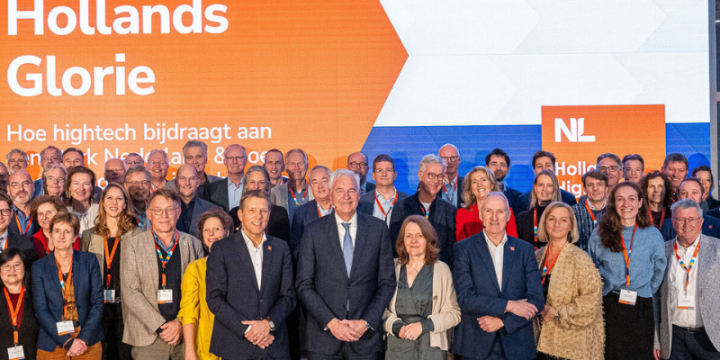
18 december 2024
Terugblik | EVENT Hightech Hollands Glorie

18 december 2024
AIVD, CWI en TNO publiceren vernieuwd handboek voor quantumveilige cryptografie
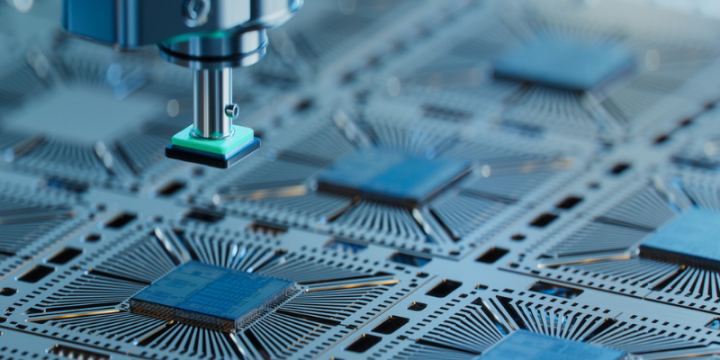
17 december 2024
Goedkeuring voor € 12 miljoen naar Nederlands kenniscentrum halfgeleiders
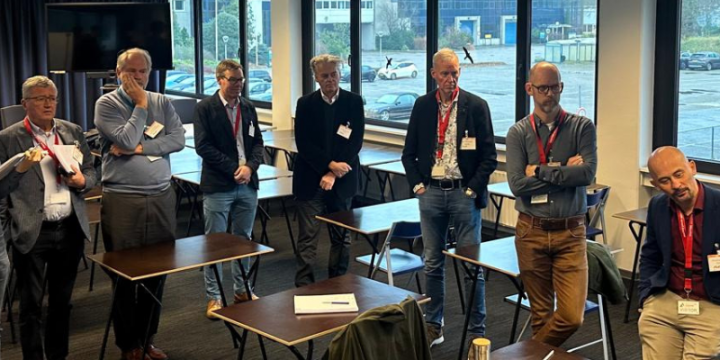
17 december 2024
Recap Netwerkactiviteit: Advancing MRO with Sustainability and Digitalization
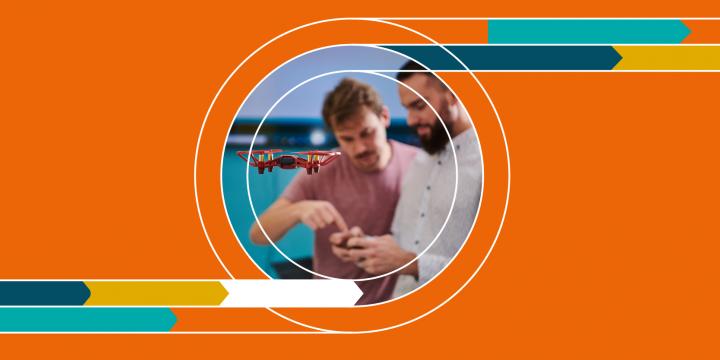
16 december 2024
Indiening MKB hightech call 2024 wegens groot succes gesloten

13 december 2024
Minister Hermans opent het H2 Experience Center

12 december 2024
Terugblik event: Van Fossiel naar Duurzame Mobiliteit

11 december 2024
Eerste OndernemersTop: Samen werken aan een toekomstbestendig ondernemingsklimaat

10 december 2024

